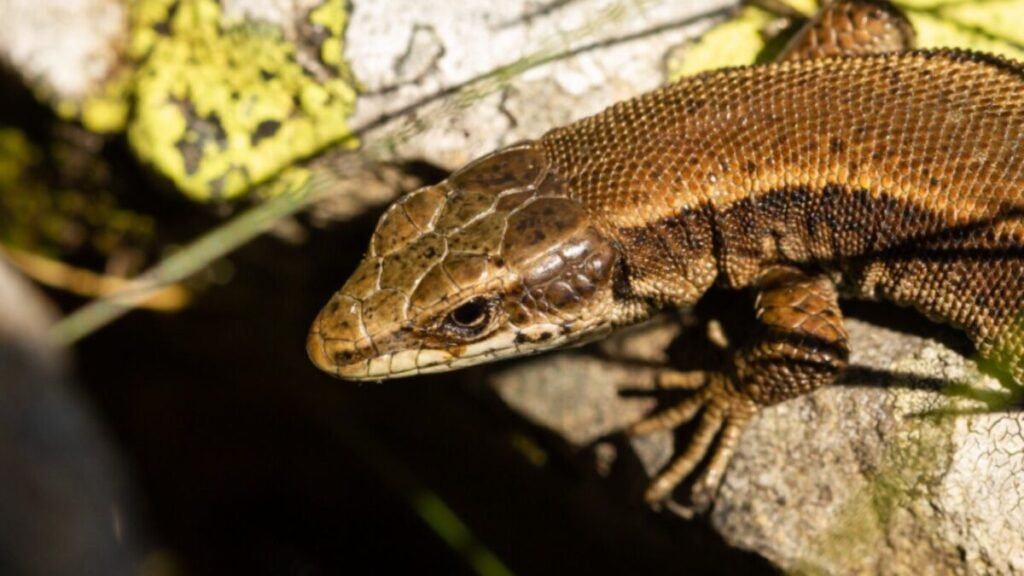Lizards and fire: how these reptiles unveil secrets of ecological resilience.

Wildfires, intensified natural phenomena today by climate change and human action, pose a critical challenge for wildlife. However, some species have developed mechanisms that allow them to resist and even thrive in fire-devastated scenarios. Among them, lizards stand out, reptiles that, with their behavioral and physiological abilities, become unexpected allies in understanding ecosystem resilience and guiding conservation policies.
Underground shelters: the key to survival
During wildfires, the most effective strategy for many lizards is to seek their own burrows or tunnels excavated by other animals. These underground refuges provide protection against extreme heat. Thermal ecology studies demonstrate that, even in intense fires, temperatures inside these shelters rarely reach lethal levels, explaining the high survival rates in burned areas.
Thermoregulation and heat detection
Lizards, being ectotherms, depend on external sources to regulate their body temperature. This condition, which may seem like a disadvantage, becomes a strength: they are extremely sensitive to temperature changes and react quickly. During a fire, they take refuge in rocks, logs, or shaded areas, managing to escape the flames. After the fire, the increase in solar radiation in open landscapes favors their thermoregulation and locomotor performance.
Opportunists in transformed landscapes
Fires not only destroy habitats but also create new opportunities. Decomposing vegetation and exposed soil attract insects, multiplying the available prey. Generalist diet lizards take advantage of this scenario and can increase their populations. This opportunistic behavior makes them indicators of ecosystem health and key players in natural recovery after a fire.
Observing lizards in burned environments offers direct lessons for habitat management. Controlled burns, carried out by environmental managers, help maintain landscape diversity and reduce flammable material. However, these practices must be carefully planned to avoid endangering species with low dispersal capacity or that depend on specific microhabitats.
Additionally, lizards: changes in their abundance and behavior reflect the health of the ecosystem in recovery. Long-term studies are essential to detect critical thresholds beyond which natural regeneration becomes complicated.
An adaptive window in times of crisis
In a world where wildfires are increasingly common, lizards show that resilience is possible. Their strategies—from seeking refuge underground to taking advantage of new resources—offer useful adaptation models for designing biodiversity protection plans. Conserving their habitats and respecting their dynamics can make a difference in the global response to fire.






